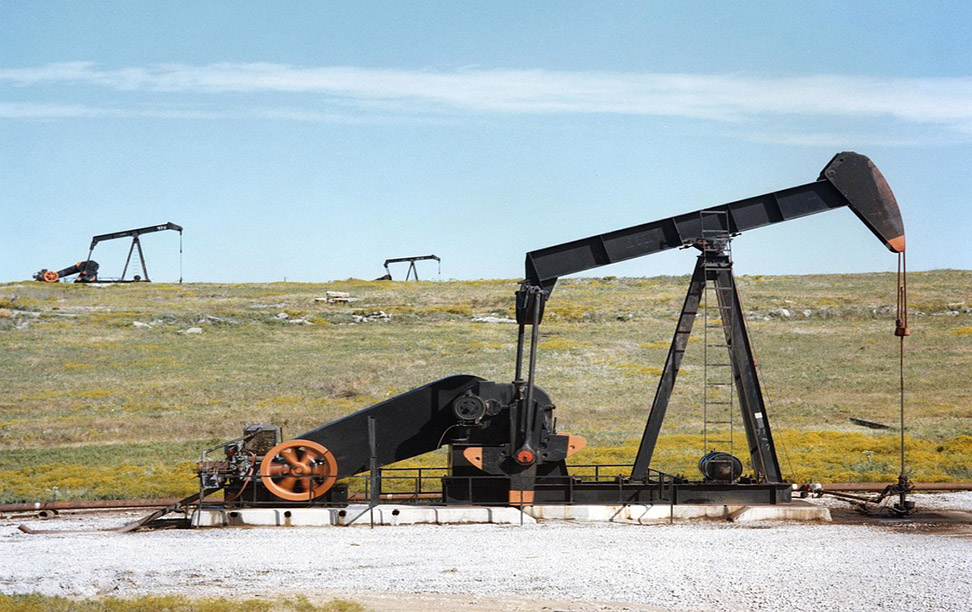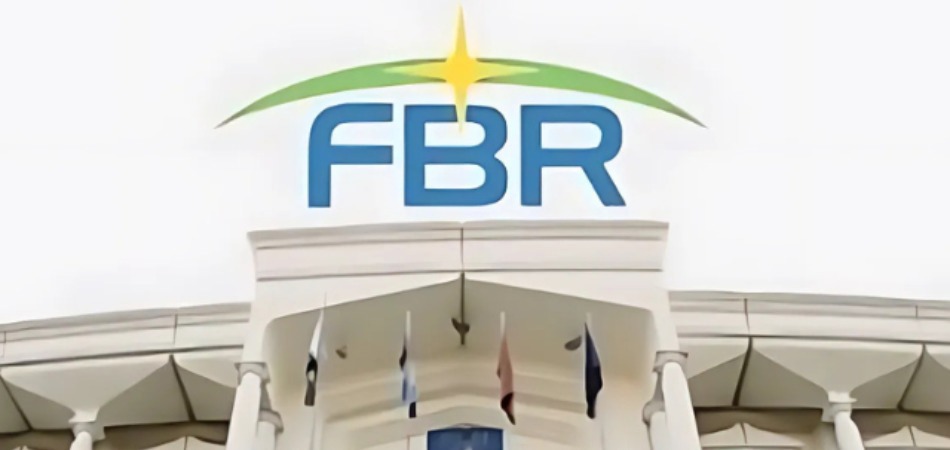Oil & Gas Sector: A big letdown or a big letdown?

MG News | June 22, 2020 at 11:42 AM GMT+05:00
June 22, 2020 (MLN): Now that the Fiscal Year 2020 is almost nearing its end, several analysts and spectators have put forward their view on the performances of the major sectors and industries that have time and again, influenced the economy of Pakistan at large.
The Oil and Gas sector, which encompasses several divisions including Oil and Gas Exploration Companies, Oil and Gas Marketing Companies, and Oil and Gas Refineries, has been in the talks lately for all the right and wrong reasons, both.
According to a research report by Sherman Securities, the entire sector underperformed the KSE-100 index by nearly 9%, as it generated a negative return of 10% during the year. However, when compared to the performance of benchmark crude blends such as WTI, Brent, and Arab light, whose overall return for the year is -36%, -39%, and -39% respectively, the performance of Pakistan’s Oil and Gas sector was a lot better.
While the Oil and Gas Exploration sector was expected to generate positive returns during the year, the outbreak of COVID-19 and its impact on international oil stocks, as well as the imposition of lockdown that followed, resulted in all the hardwork going down the drain. Consequently, the sector underperformed heavily and generated a negative return of 11%, i.e. the worst of all sectors.
The sector also received a heavy blow after a price war between OPEC and Russia broke out, wherein several local companies suffered except for MARI. The report further adds that MARI generated a return of a whopping 32% on the back of news regarding the uncapping of its dividend. On the contrary, PPL was the one to suffer the most with a negative return of 25%, thanks to the erosion in oil price and lower cash payout.
With regards to the Oil and Marketing Companies, the report suggests that the overall return during the year turned out to be -6%, owing to the suppression in global demand and huge fall in oil prices. However, amidst all this, PSO generated a return of 7%, which is the highest amongst its counterparts. This became possible because of the company’s fixed retail margins that resulted in lower vulnerability towards fall in POL prices. The rest of the major OMC companies, such as SHEL, APL, and SSGC, posted returns of 2%, -1%, and -37% respectively.
The Federal Budget FY20-21 had done very little do address the issues being faced at hand, or to uplift the performance of the OMC sector. Some of the measures that have been introduced include the increase in Petroleum Development Levy from Rs. 260 billion to Rs. 450 billion, the impact of which is not expected to show in the profitability but the demand due to an increase in prices. Moreover, the turnover tax has been maintained at 0.75% due to the inventory and exchange losses being faced by all OMC companies.
Other measures include the reduction in subsidy for WAPDA from Rs. 200 billion to Rs. 124 billion, which is expected to increase the problem of circular debt. Similarly, the subsidy to LNG sector for providing gas on lower rates to the industry has been revised down from Rs. 24 billion to Ra. 10 billion.
The performance of Refineries turned out to be the least disappointing, with the return amounting to -2% during the period under review. Despite the hefty inventory and exchange losses, coupled with lower upliftment of POL products, the sector performed relatively better as compared to its peers. As per the report, ATRL emerged as the best performer with an overall return of 16%, while NRL was the least performing company with a return of -7%.
Outlook
With COVID-19 spreading continuously all over the world, the future prospects of the Oil and Gas sector seem quite dim. The dynamics concerning the international oil prices shall continue to determine the wellbeing of the industry in the short- and long-term.
Having said that, the expansion of the transport sector with the introduction of new companies will result in an increased demand for MS/HSD in the next fiscal year. However, according to a research note by AKD securities, the rise in the demand of MS and HSD will pave the way for some of the biggest challenges, including the limited refining capacity of the country.
Copyright Mettis Link News
Related News
| Name | Price/Vol | %Chg/NChg |
|---|---|---|
| KSE100 | 138,412.25 167.69M | 0.32% 447.43 |
| ALLSHR | 85,702.96 423.92M | 0.15% 131.52 |
| KSE30 | 42,254.84 82.09M | 0.43% 180.24 |
| KMI30 | 194,109.59 84.37M | 0.15% 281.36 |
| KMIALLSHR | 56,713.67 217.03M | 0.03% 16.37 |
| BKTi | 37,831.34 13.04M | 1.62% 603.62 |
| OGTi | 27,440.63 3.93M | -0.09% -23.70 |
| Symbol | Bid/Ask | High/Low |
|---|
| Name | Last | High/Low | Chg/%Chg |
|---|---|---|---|
| BITCOIN FUTURES | 118,520.00 | 119,740.00 118,145.00 | 225.00 0.19% |
| BRENT CRUDE | 73.52 | 73.57 71.75 | 1.01 1.39% |
| RICHARDS BAY COAL MONTHLY | 96.50 | 0.00 0.00 | 2.20 2.33% |
| ROTTERDAM COAL MONTHLY | 104.50 | 104.50 104.50 | -0.30 -0.29% |
| USD RBD PALM OLEIN | 998.50 | 998.50 998.50 | 0.00 0.00% |
| CRUDE OIL - WTI | 70.36 | 70.43 68.45 | 1.15 1.66% |
| SUGAR #11 WORLD | 16.46 | 16.58 16.37 | -0.13 -0.78% |
Chart of the Day
Latest News
Top 5 things to watch in this week
Pakistan Stock Movers
| Name | Last | Chg/%Chg |
|---|
| Name | Last | Chg/%Chg |
|---|



